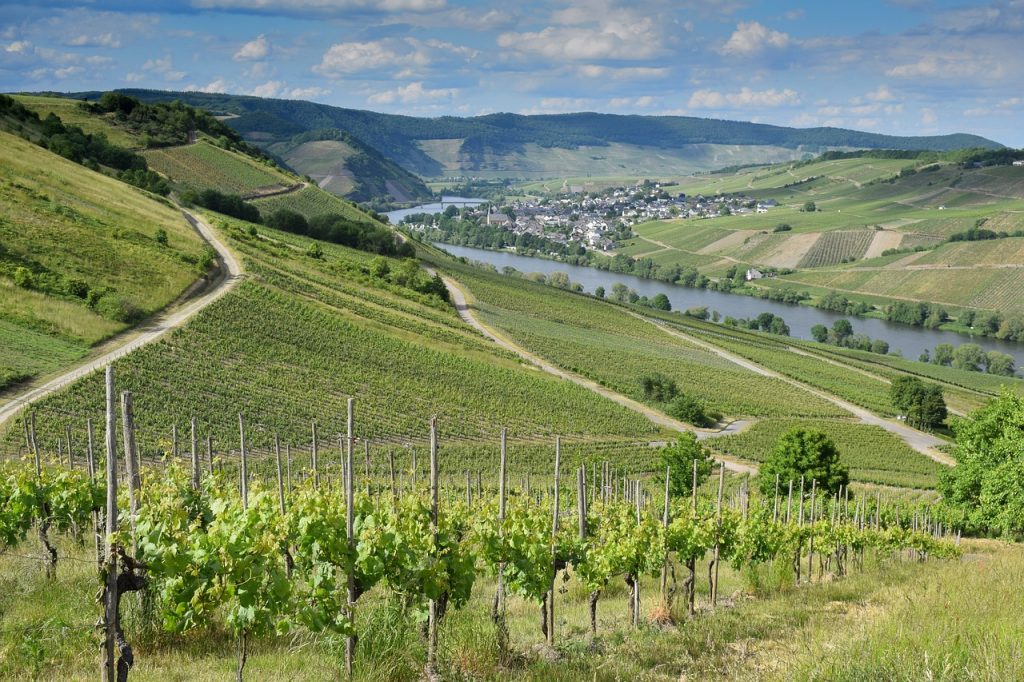While Bosnia and Herzegovina may not be the first region that comes to mind when speaking of wine, its winemaking history dates back to Antiquity. Today, this discreet vineyard, primarily located in Herzegovina, is attracting growing interest thanks to its indigenous grape varieties and the rising quality of its production.
A Contrasted Terroir Ideal for Viticulture
Herzegovina, in the southern part of the country, offers ideal conditions for viticulture: a hot, dry Mediterranean climate, mineral-rich limestone soils, and significant temperature variation between day and night. These factors contribute to optimal grape ripening, resulting in wines that are both powerful and well-balanced.
In contrast, the few vineyards found in central Bosnia face a more continental climate. Harsher winters and higher rainfall restrict cultivation to more resilient grape varieties, often producing lighter wines.
Indigenous grapes and a unique aromatic signature
The vineyards of Bosnia and Herzegovina rely primarily on two native grape varieties, which give the region its distinctive character:
- Žilavka (white): This variety produces refined dry white wines, marked by a beautiful minerality and notes of green apple, citrus, and almond. It responds well to lees aging, which adds body and complexity. Some producers opt for barrel aging using Immersion barrels from Tonnellerie Saury with the Lumière toast, a technique that proves particularly interesting for Žilavka, maintaining freshness while bringing subtle notes of hazelnut, vanilla bean, and nutmeg.
- Blatina (red): This rare grape, naturally low-yielding, produces elegant and balanced red wines with aromas of black cherry, plum, and sweet spices. Its unique trait is its functional sterility: it must be planted near other pollinator varieties (such as Alicante Bouschet or Trnjak) to ensure fruit set.
Vranac, though more widespread across the Balkans, is also cultivated and produces full-bodied, tannic, and deep red wines that gain complexity with age.
Winemaking techniques in full modernization
Long shaped by traditional methods, winemaking in Bosnia and Herzegovina is now undergoing a technical revival. Temperature-controlled fermentations are becoming standard, helping preserve varietal aromas and avoid microbiological faults.
Oak barrel aging is increasingly used, particularly for red wines made from Blatina and Vranac.
The Écrin barrel, a flagship of Tonnellerie Saury, allows exceptional respect for the fruit in both varieties, preserving purity and aromatic elegance through its gentle toast. The barrel brings harmonious roundness on the palate and a smooth, moderate tannin extraction. Aging for 12 to 18 months encourages graceful integration and adds toasted notes and sweet spices.
Some estates are also experimenting with extended aging in large oak casks or amphorae, embracing a more artisanal and terroir-driven approach.
A developing market with promising potential
Although the country’s total vineyard area remains modest (around 30,000 hectares), the quality of wine production is improving rapidly. More and more wineries are adopting sustainable practices, such as biodynamic or organic farming, to highlight their unique terroirs.
While most wines are still consumed domestically, a number of ambitious producers are beginning to break into international markets, particularly in Europe and the United States.
With its native grape varieties, diverse terroirs, and evolving expertise, Bosnia and Herzegovina has the potential to emerge in the coming years as a compelling wine destination for curious and adventurous wine lovers.





